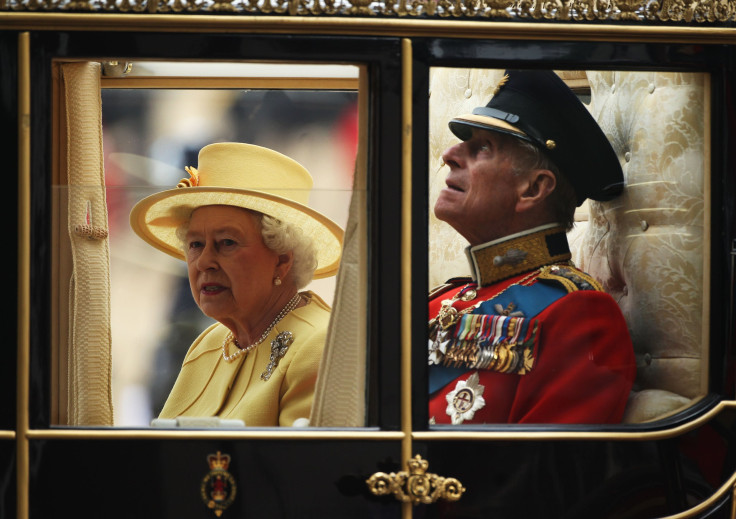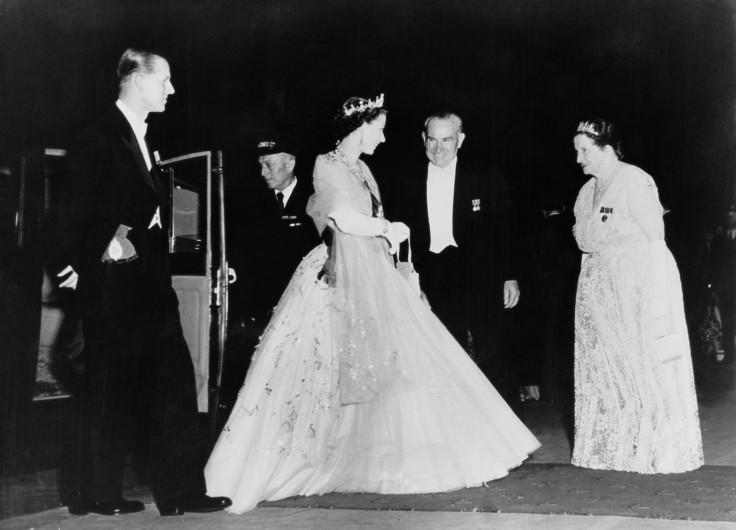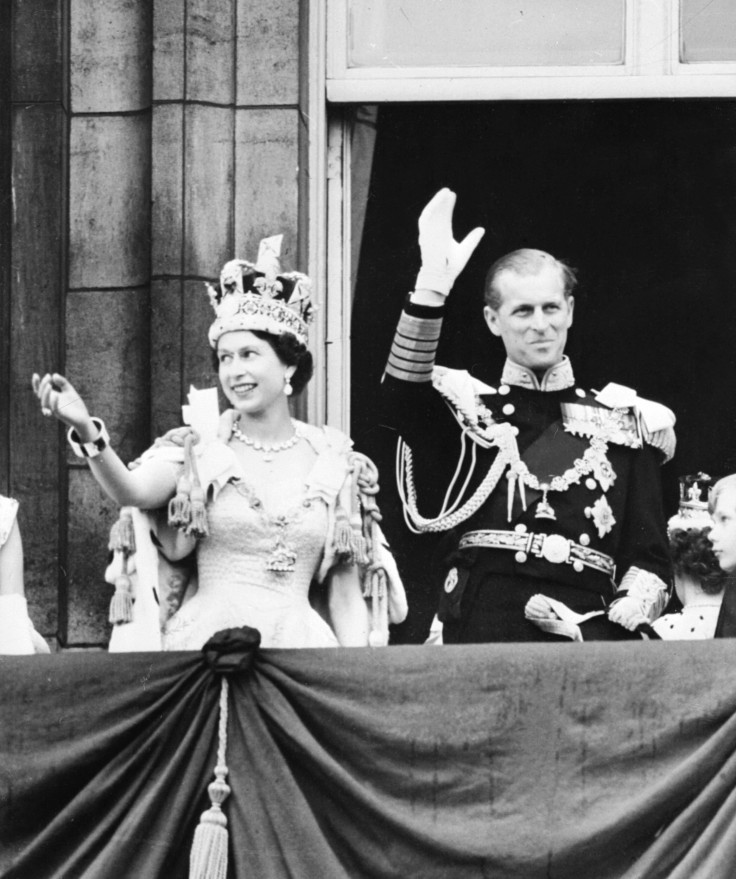5 Facts About Queen Elizabeth II And Prince Philip's Marriage

The internet had a minor meltdown Thursday with speculation regarding Queen Elizabeth II’s husband Prince Philip’s death. However, the Buckingham Palace press office told 1News in Auckland "You could safely assume the Queen and Prince Philip are not dead," over the phone and debunked the rumors.
"Buckingham Palace has told 1 NEWS an emergency meeting tonight is not to announce the death of either Her Majesty or Prince Philip"
— Sarah (@seztacular) May 4, 2017
In the early hours Thursday, the queen ordered a “highly unusual” meeting in London for staff members from royal residences across the country. They were to be addressed by the Lord Chamberlain, the most senior officer of the Royal Household, as well as Her Majesty's right-hand man, Private Secretary Sir Christopher Geidt, according to various reports.
However, long-time Royal commentator and correspondent for London’s Evening Standard, Robert Jobson dismissed the news saying emergency Buckingham Palace meetings were not unusual and this specific meeting was, “no cause for alarm”.
My understanding re so called Buckingham Palace "emergency meeting" is there is no cause for alarm.
— Robert Jobson (@theroyaleditor) May 4, 2017
An official announcement from Buckingham Palace is expected at 8 a.m. local time (3 a.m. EDT).
According to a 2015 article in the Daily Beast, it was explained in detail about what the procedure would be if Prince Philip died.
It said: “If Philip were to die in the night, the news would not be announced by Buckingham Palace until after 8am. The BBC would be informed first, and tasked with making the official announcement.”
“Eight days of official mourning would be observed by all staff at the palace. Flags at major institutions and military establishments (especially naval ones, given the Duke’s service in the Royal Navy) would be flown at half mast, but the Royal Standard flag which flutters above Buckingham Palace when the Queen is in residence would not be lowered to half mast,” the article said about the procedure.

Queen Elizabeth II and Prince Philip will be celebrating their 70th wedding anniversary this year on Nov. 20. A new Netflix series The Crown documents the queen’s journey, with the first season mainly examining how her ascension to the throne affected her relationship with her husband, who was supportive but was also said to have been resentful at times.
Here’s a look at some interesting facts you might not know about the longest-serving British monarch.
Queen Elizabeth II and Prince Philip are actually related, as third cousins: Both the royals are great-great-grandchildren of Prince Albert and Queen Victoria. Philip would be considered more royal as his mother was born in Windsor Castle. Philip’s parents were Princess Alice of Battenberg and Prince Andrew of Greece. Whereas Elizabeth’s mother was of British nobility.
The pair first met when Elizabeth was 8-years-old: They were first introduced to each other in 1934, during the wedding of Philip’s cousin Princess Marina of Greece and Denmark. She was getting married to Prince George, Duke of Kent, who was also Elizabeth's uncle. The future couple met each other again July, 1939 when Philip was 18 and Elizabeth 13, in a meeting at the Royal Naval College in Dartmouth. The two fell in love after this and began exchanging letters.

Their wedding was the first royal festivity after the end of World War II: It was said the queen saved up her ration cards in order to buy a wedding gown. The King was advised “any banqueting and display at your daughter’s wedding will be an insult to the British people at the present time… and we would consider that you would be well advised to order a very quiet wedding in keeping with the times,” according to Austerity Britain, 1945-1951 by David Kynaston.
The couple sleeps in separate bedrooms: They had separate bedrooms at their home in Clarence House, royal residence in England. “In England, the upper class always have separate bedrooms,” their cousin Lady Pamela Hicks (née Mountbatten) explained. “You don’t want to be bothered with snoring or someone flinging a leg around. Then when you are feeling cozy, you can share your room sometimes. It is lovely to be able to choose.”

Philip rejected all his royal titles before marrying the queen : Originally known as Prince Philip of Greece and Denmark, he abandoned the titles in 1957 and adopted the surname of his mother’s British family to become Lieutenant Philip Mountbatten. He also converted from Greek Orthodoxy to Anglicanism.
Queen Elizabeth II said about her husband: "He is someone who doesn't take easily to compliments. But he has, quite simply, been my strength and stay all these years, and I and his whole family, in this and many other countries, owe him a debt greater than he would ever claim or we shall ever know."
© Copyright IBTimes 2025. All rights reserved.






















